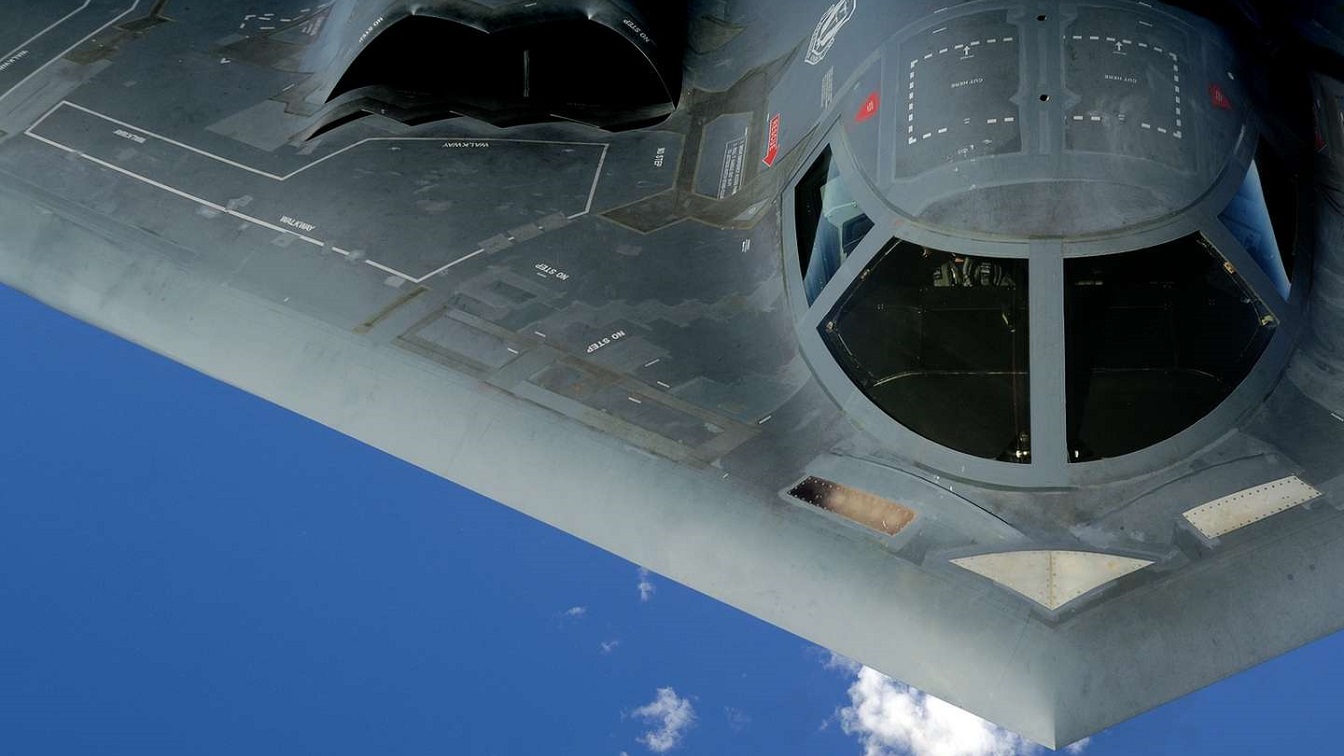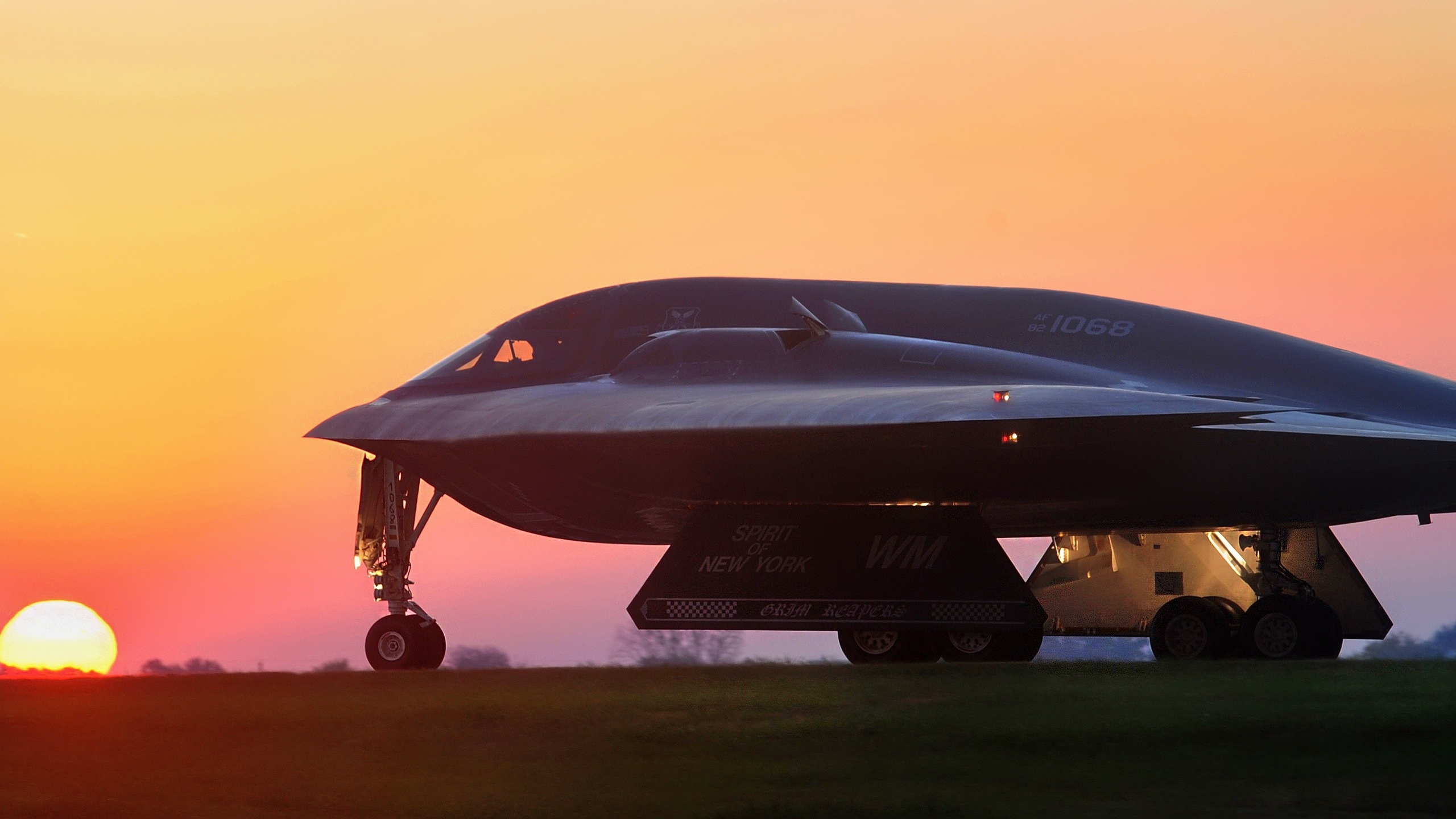Houthis Under Attack – Summary and Key Points: The U.S. launched extensive airstrikes against Houthi-controlled targets in Yemen on April 16-17, likely involving B-2 stealth bombers and carrier-based aircraft from USS Harry S. Truman and USS Carl Vinson.
-A critical strike on the Ras Isa oil port killed around 70 and disrupted Houthi fuel supplies.
-The operation, aimed at reducing the Houthis’ access to Iranian-supplied resources and revenue streams, marks a significant escalation amid heightened tensions. It coincides with ongoing U.S.-Iran nuclear negotiations, reflecting Washington’s broader pressure campaign against Tehran.
-The U.S. maintains secrecy around specific targets but emphasizes disrupting Iran-backed threats to regional stability and global trade routes.
B-2 Stealth Bombers, Two US Navy Carriers Carry Out Strikes Against the Houthis
A series of US airstrikes were conducted across Yemen beginning Wednesday, April 16, and continuing into Thursday. The target sites were facilities and basing areas in multiple governates believed to be controlled by Houthi rebels. At first report, at least one person had reportedly been killed in the capital, Sanaa.
The US military’s Central Command (CENTCOM) has provided no specifics on the facilities or other targets being struck. This secrecy continues a policy observed ever since the campaign against the Houthis began on March 15 of not revealing targeting data.
These airstrikes have been launched by US Navy (USN) aircraft carriers, the USS Harry S. Truman in the Red Sea and the USS Carl Vinson, which is currently deployed in the Arabian Sea.
The US Air Force (USAF) also stationed stealth B-2 bombers temporarily deployed on Diego Garcia in the Indian Ocean. It is believed the B-2s deployed to the island airbase in the second half of March are also participating in these strikes.
Oil War and the Houthis
Another US airstrike on a vital oil port held by Yemen’s Houthi rebels is reported to have killed as many as 70 people and wounded many others, according to the Iranian-sponsored and supported rebel group. The attacks are a significant escalation in the military campaign against the Houthis that US President Donald Trump launched against the rebel faction last month.
The overnight strike targeted the Ras Isa port facility, with reports on the scene describing “massive fireballs billowing skyward” and that “tanker trucks were turned into burning wrecks.” The port serves as a major hub for incoming fuel shipments that provide power for areas of Yemen held by the Houthis, which experts say could markedly disrupt daily life in this region.
The Ras Isa port consists of oil tanks and equipment located in Yemen’s Hodeida governorate along the Red Sea. It is also just off Kamaran Island, which numerous US airstrikes have targeted in recent days.
Prior to the Houthis taking control of Yemen’s capital, Sanaa, in 2014 and the government subsequently fleeing into exile, oil from the country’s energy-rich Marib governorate transited through Ras Isa for export.
However, the Houthis do not exercise control over that region. Thus, the port now serves as an import hub for gasoline, diesel, and liquefied petroleum gas, which provide power for the regions of Yemen the Houthis do control.
In an official statement, CENTCOM said, “US forces took action to eliminate this source of fuel for the Iran-backed Houthi terrorists and deprive them of illegal revenue that has funded Houthi efforts to terrorize the entire region for over 10 years.”
Pressuring Iran
This airstrike is the first American attack on a Houthi-controlled oil facility since the US began this new, current bombing campaign. These attacks also take place just before the resumption of negotiations in Rome between the US and Iran over Tehran’s rapidly advancing nuclear program.
A US official said the attack sent a message to those supplying fuel to the Houthis despite sanctions, with the “those supplying” believed to be entities in Iran linked to the nation’s Revolutionary Guard Corps (IRGC).

Image of B-2 Spirit stealth bomber. Image Credit: Creative Commons.
US military sources state the Houthis are being targeted because of the group’s attacks on shipping in the Red Sea, which is a crucial global trade route through which a large percentage of the world’s oil supply passes, as well as on Israel. With the fall of the Bashar al-Assad regime in Syria, the Houthis are the last militant group in Iran’s self-described “Axis of Resistance” that is capable of regularly attacking Israel.
Washington has linked Iran’s support for the Yemeni rebels with its campaign to stamp out Iran’s nuclear program. Iran is believed to have enriched enough uranium to build as many as four nuclear devices as part of this effort.
About the Author: Reuben F. Johnson
Reuben F. Johnson is a survivor of the February 2022 Russian invasion of Ukraine and is an Expert on Foreign Military Affairs with the Fundacja im. Kazimierza Pułaskiego in Warsaw. He has been a consultant to the Pentagon, several NATO governments and the Australian government in the fields of defense technology and weapon systems design. Over the past 30 years he has resided in and reported from Russia, Ukraine, Poland, Brazil, the People’s Republic of China and Australia.

